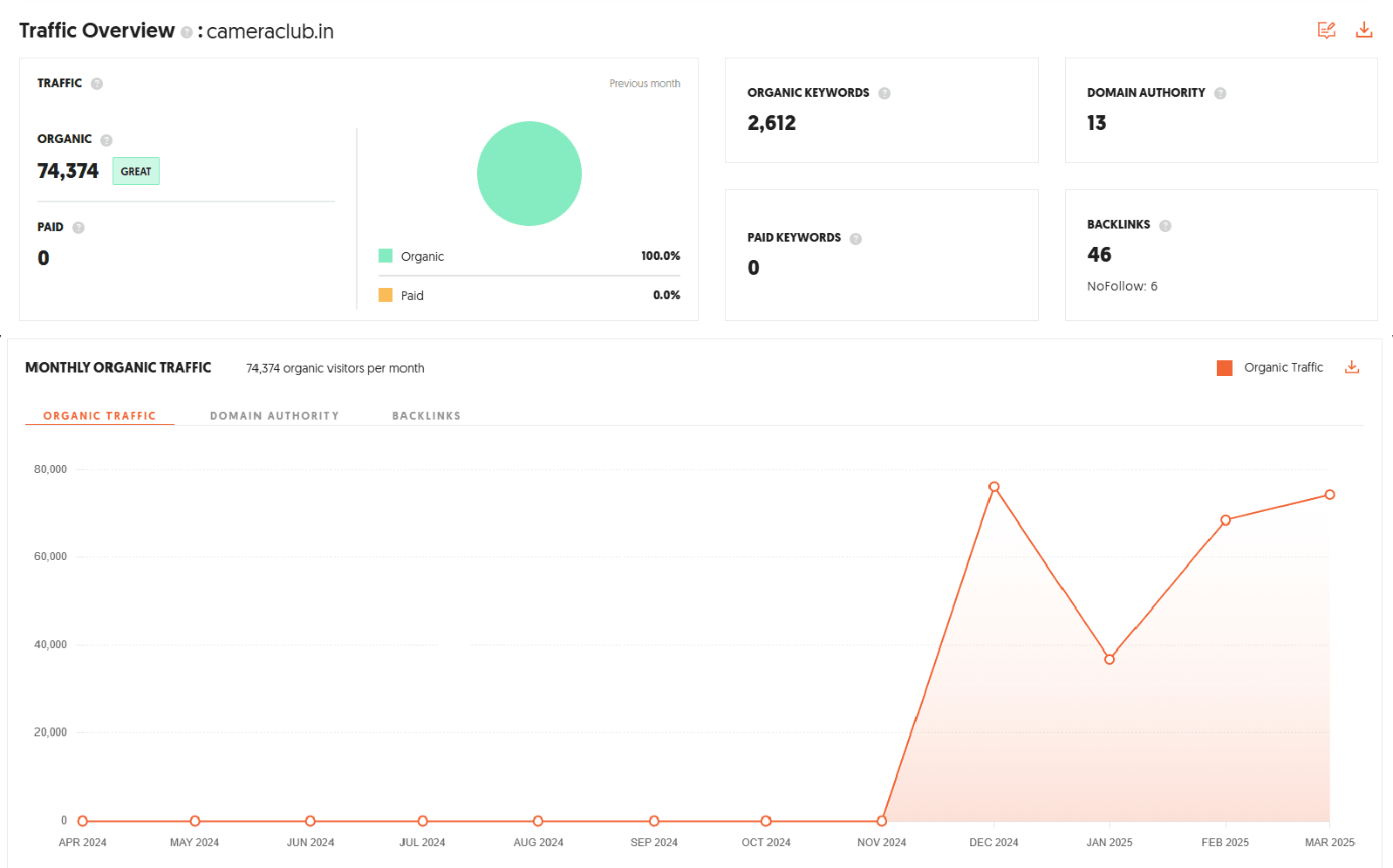Ray-Ban Branding Secrets: How the Iconic Eyewear Brand Dominates Marketing
In the ever-evolving world of fashion and lifestyle brands, few have maintained their iconic status quite like Ray-Ban. From Hollywood's golden age to today's digital-first consumer environment, Ray-Ban's branding strategy has consistently demonstrated how a legacy brand can stay relevant while honoring its heritage. This deep dive into Ray-Ban's branding explores the elements that have made this eyewear pioneer a masterclass in brand longevity and adaptability.
The Birth of an Icon: Ray-Ban's Brand Origins
Ray-Ban's story begins not as a fashion statement but as a practical solution. In 1929, US Army Air Corps Colonel John A. Macready commissioned Bausch & Lomb to create sunglasses that would protect pilots from high-altitude glare while maintaining clear vision. The result was the "Anti-Glare," which would later become the iconic Aviator model.
This origin story embodies what would become Ray-Ban's enduring brand promise: functional style with authentic purpose. The brand name itself—"Ray-Ban"—directly communicates its original value proposition of banning harmful rays from pilots' eyes.
Core Elements of Ray-Ban's Brand Identity
Signature Design Language
Ray-Ban's branding success stems largely from its instantly recognizable design elements:
- The distinctive temple logos
- Classic silhouettes (Aviator, Wayfarer, Clubmaster)
- The green G-15 lens color
- Minimal yet unmistakable packaging
These consistent visual cues have created what branding experts call "visual ownership"—design elements so distinctive that they're recognizable even without the logo present.
Brand Positioning: The Perfect Balance
Ray-Ban has masterfully positioned itself in the sweet spot between luxury and accessibility. While premium-priced, Ray-Ban sunglasses remain attainable aspiration products—more accessible than luxury eyewear brands like Cartier or Dior, yet carrying significantly more prestige than mass-market alternatives.
This positioning has allowed Ray-Ban to:
- Maintain premium pricing while achieving scale
- Appeal to both fashion enthusiasts and mainstream consumers
- Create products that feel simultaneously exclusive and universally appealing
You may also like: SEO Success Story: How We Helped Doctors Diagnostics Center Achieve a 2100% Increase in Organic Traffice
Ray-Ban's Brand Evolution: Adapting Without Abandoning Heritage
The Wayfarer Renaissance
Perhaps the most impressive aspect of Ray-Ban's branding strategy is its ability to revitalize dormant product lines. The Wayfarer model exemplifies this perfectly. After peaking in the 1950s-60s, Wayfarers nearly disappeared by the 1990s. Rather than abandoning this heritage product, Ray-Ban orchestrated what would become a case study in product revival.
By strategically placing Wayfarers with celebrities, leveraging their appearance in films, and introducing subtle design updates, Ray-Ban transformed a declining product into one of fashion's most enduring icons. This revival demonstrated Ray-Ban's understanding that brand heritage, when properly activated, is a powerful differentiator.
Digital Transformation of a Tangible Brand
As consumer habits shifted online, Ray-Ban faced the challenge of translating the tactile experience of trying on sunglasses to digital channels. Their response included:
- Virtual try-on technology
- User-generated content featuring authentic customers
- Personalization options through Ray-Ban Remix
- Collaborations with digital-native brands and influencers
This embracing of digital innovation while maintaining tangible product quality has enabled Ray-Ban to connect with younger consumers without alienating their traditional customer base.
Marketing Strategy: Consistency with Contemporary Relevance
Ray-Ban's marketing consistently reinforces core brand values while adapting to current cultural contexts. Their "Never Hide" campaign (2007-2013) perfectly captured this approach by celebrating authenticity through historical moments when wearing Ray-Bans represented countercultural confidence.
More recent campaigns like "You're On" maintained this authenticity focus while adapting to modern digital behaviors and diverse representation. This thematic consistency amid evolving execution demonstrates Ray-Ban's understanding that great branding balances timelessness with timeliness.
Collaborations as Brand Extension Strategy
Ray-Ban has strategically used collaborations to:
- Reach new audience segments (Ferrari, Meta)
- Enhance creative credibility (Scuderia Ferrari, Supreme)
- Experiment with new designs while protecting the core line
- Create limited-edition products that generate buzz and scarcity value
These partnerships extend Ray-Ban's brand reach without diluting its identity—a delicate balance many fashion brands struggle to maintain.
Navigating Brand Challenges
No branding analysis would be complete without acknowledging challenges. For Ray-Ban, these have included:
- Counterfeiting issues threatening brand exclusivity
- Ownership changes (including acquisition by Luxottica)
- Competition from both luxury and direct-to-consumer brands
- Evolving retail landscapes
Ray-Ban has addressed these challenges through authentication technologies, controlled distribution, continuous innovation, and adaptive retail strategies that maintain brand integrity across channels.
You may also like to read: Google Overview | Company Profile, Salaries & Innovations
Lessons from Ray-Ban's Branding Excellence
Marketers across industries can learn from Ray-Ban's branding approach:
- Core identity consistency: Ray-Ban never abandons its DNA, even when trends shift
- Heritage as an innovation platform: History provides the foundation for future creativity
- Cultural relevance without trend chasing: Aligning with culture while maintaining authenticity
- Quality is non-negotiable: Never compromising on the fundamental product promise
- Strategic price positioning: Finding the sweet spot between exclusivity and accessibility
The Future of Ray-Ban Branding
Looking ahead, Ray-Ban faces exciting opportunities and challenges. Their venture into smart eyewear with Meta (Ray-Ban Stories) represents perhaps their boldest brand extension yet—one that will test whether their heritage can translate into entirely new product categories.
As privacy concerns, augmented reality, and changing consumer values reshape the marketplace, Ray-Ban's branding will need to continue its balancing act: honoring tradition while embracing innovation, maintaining exclusivity while achieving scale, and remaining culturally relevant while staying true to its authentic purpose.
For marketers and brand strategists, Ray-Ban remains a compelling case study in how a brand can not only endure but thrive across generations by maintaining an unwavering commitment to its core identity while continuously finding new ways to express that identity in changing times.
Are you interested in optimizing your brand strategy with lessons from iconic brands like Ray-Ban? Contact our marketing team today to discuss how these principles can be applied to your business. Click here to book a call.



























